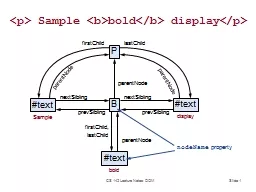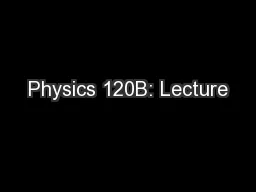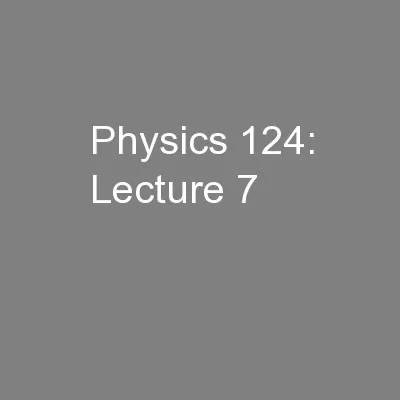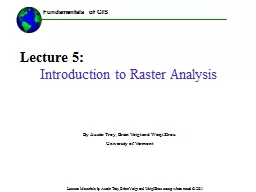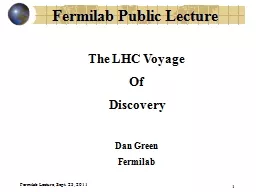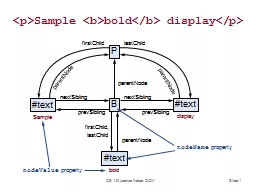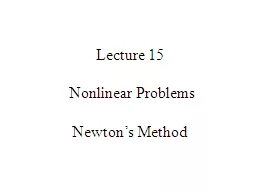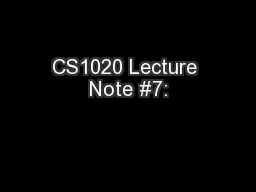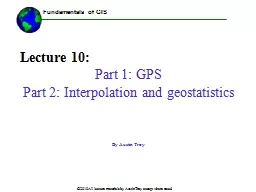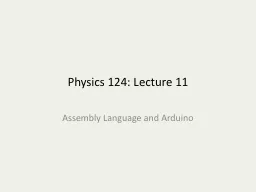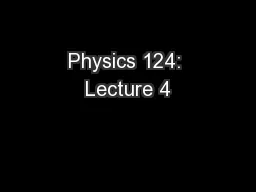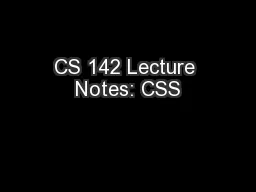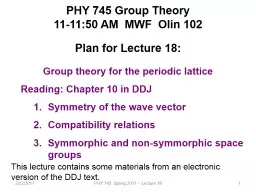PPT-Lecture 22
Author : debby-jeon | Published Date : 2016-07-12
Web pollevcom ucibio Text To 37607 Type in 169964 ltyour questiongt Hormonal regulation The TCA The brain problem Most energy stored as fatty acids Brain only
Presentation Embed Code
Download Presentation
Download Presentation The PPT/PDF document "Lecture 22" is the property of its rightful owner. Permission is granted to download and print the materials on this website for personal, non-commercial use only, and to display it on your personal computer provided you do not modify the materials and that you retain all copyright notices contained in the materials. By downloading content from our website, you accept the terms of this agreement.
Lecture 22: Transcript
Download Rules Of Document
"Lecture 22"The content belongs to its owner. You may download and print it for personal use, without modification, and keep all copyright notices. By downloading, you agree to these terms.
Related Documents


